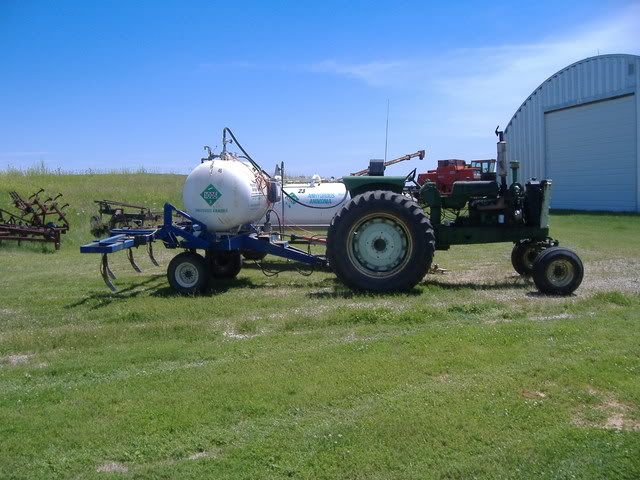Dave from MN
Well-known Member
Due to the unpredictability of rain and the fact that Anhydrous seems to be more economical, I was considering applying anhydrous rather than spreading urea. Can any one give me some advice if a green horn should try it even? I am on sandy soil, feilds are all smaller, would it just be a pain in the rear? We planted with a 12 row, have a 100 horse tractor, should I go with a 6 row or 4 row applicator? My corn was planted on the 24th of april and it ranges from 12+" to about 6", and from experience I should get some additional fertilizer other than the liquid starter, or should I wait. Chicken manure ground I havent decided if I will add or not. It's fun to see the difference in the corn since I have cow manure ground, chicken manure ground, disked in green rye ground, no tilled ground, min tilled ground, and 3rd year corn ground. With everything planted the same day, it sure interesting to see how seedling vigor is, even in this drought.


